Gambia Police Force(GFP)
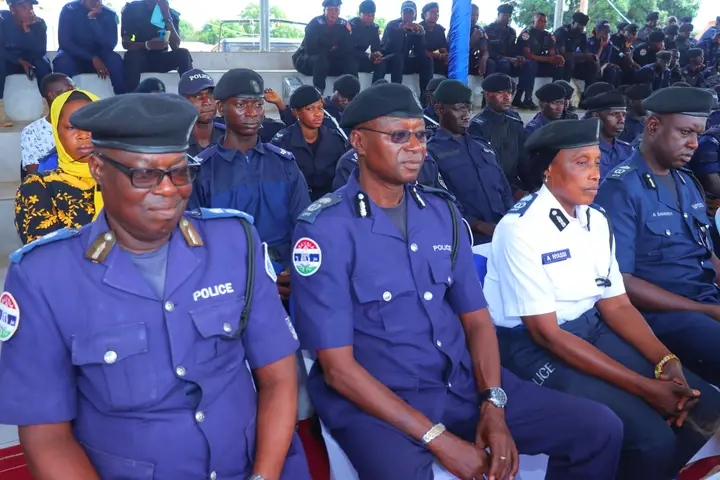
The Gambia Police Force (GPF) is indeed a study in contradiction. On one hand, it often mirrors the Keystone Cops, the bumbling and incompetent police officers depicted in early 20th-century silent films like Keystone Kops (1912).
These films highlighted the absurdity and inefficiency of a law enforcement agency that lacked coordination, competence, and effective leadership.
Similarly, the GPF’s operational inefficiencies, outdated practices, and lack of modernisation draw a negative correlation to this cinematic portrayal.
The force’s inability to effectively keep pace with fast changing dynamics in the world of modern policing, coupled with its reliance on reactive rather than proactive policing strategies, paints a picture of an institution that is out of sync with the demands of contemporary law enforcement.
However, the GPF also represents a resilient organisation striving to fulfil its mandate under challenging conditions. Despite chronic underfunding, inadequate training, and significant operational limitations, there are pockets within the force that exhibit a commendable level of dedication and commitment to public safety. This dichotomy reflects the complex reality of the GPF, where moments of competence and professionalism coexist with systemic shortcomings.
The GPF presents an intriguing contrast when compared with police departments in other parts of the world, particularly in the United States. In the U.S., law enforcement agencies have been reported to be involved in the fatal shootings of over 1,000 individuals annually, with issues of unlawful racial profiling and excessive use of force frequently making headlines.
This troubling trend highlights a more militarised approach to policing, where officers are often quick to resort to firearms and other forms of lethal force.
In stark contrast, the GPF stands out for its restrained approach to law enforcement. In The Gambia, police officers rarely carry firearms, let alone use them, embodying the true definition of “peace officers”.
The emphasis in Gambian policing is on maintaining peace and resolving conflicts without escalating to violence. This approach has fostered a policing culture that prioritises de-escalation and we BBC community engagement over force. The GPF excels in addressing many issues that, in the Western context, might be handled with far more aggressive and often negative methods.

For instance, in The Gambia, the police typically do not involve themselves in family disputes unless the situation escalates to a level where intervention becomes necessary. This contrasts with practices in some Western countries where police might be called in at the first sign of conflict, sometimes leading to unnecessary escalation.
Additionally, Gambian police officers are often more adept at handling social issues with a focus on mediation and conflict resolution. They operate with a community-oriented mindset, aiming to resolve issues peacefully and maintain public trust.
This approach reflects a broader commitment to human rights and the well-being of citizens. While the GPF faces numerous challenges, such as underfunding and inadequate resources, its positive impact on community relations is significant.
The force’s restraint in the use of force and its focus on maintaining social harmony set a commendable example of policing that prioritises the protection of life and the resolution of conflicts through dialogue and understanding.
While the GPF may struggle with certain operational inefficiencies, it nevertheless embodies a model of policing that contrasts sharply with the more aggressive tactics seen in other parts of the world. By maintaining a focus on peacekeeping and community engagement, the GPF continues to play a vital role in upholding social stability in The Gambia.
But again, this is not to suggest that the GPF is fully fit for purpose. Indeed, there is still a great deal of growing up to do, as the GPF continues to resemble an institution that is more a work-in-progress than a finished product. To say that there’s room for improvement would be like saying that a sieve has potential as a water jug—technically true, but not exactly reassuring.

The force remains entangled in the quagmire of archaic operational methodologies, pervasive corruption, and a culture of mediocrity that would make even the most patient of reformers despair.
The adoption of modern policing techniques, such as community policing, is often as superficial as a politician’s promise during an election year—grand in theory but lacking in substance. The force continues to lean heavily on reactive strategies, reminiscent of a fire brigade rushing to a blaze after the house has already burned down.
This operational inertia is compounded by leadership that seems as committed to meaningful reform as a cat is to water.
As criminologist Herman Goldstein observed in Problem-Oriented Policing (1990), effective policing requires a shift from traditional, incident-driven responses to more strategic, problem-solving approaches that address the root causes of crime.
Unfortunately, the GPF’s reluctance to embrace such changes leaves it woefully unprepared to deal with the complex security challenges of the 21st century.
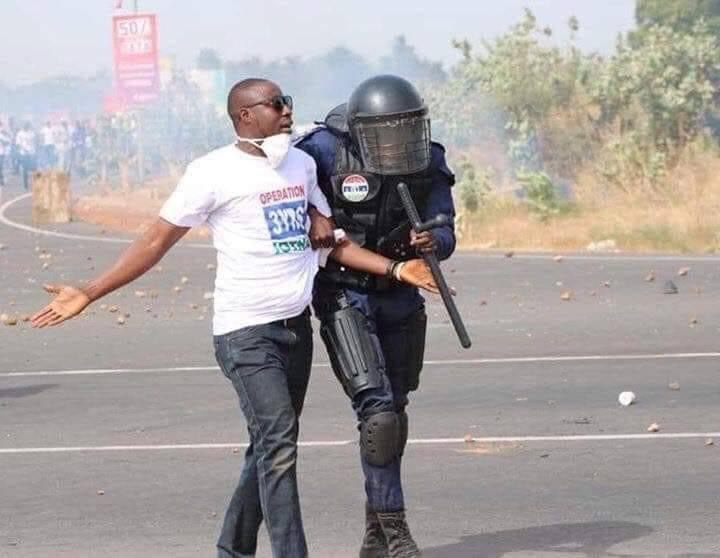
With continued investment in comprehensive training, modernisation of operational methodologies, and the promotion of proactive community engagement, the GPF could very well transform into a model of effective policing, setting a benchmark across Africa that would, by extension, make Robert Peel rise from his grave for a well-deserved round of applause.
As the architect of the first modern police force in London in 1829, his principles — often summarised as “the police are the public, and the public are the police” — continue to shape law enforcement globally. His emphasis on crime prevention, public trust, and accountability has become the cornerstone of policing practices.
Today, Peel’s ideas are reflected in community-oriented policing models, which stress the importance of building relationships between police and the communities they serve. Even as policing evolves with technology and new challenges, Peel’s legacy endures, reminding law enforcement agencies worldwide that their legitimacy and effectiveness hinge on public consent and cooperation.
However, as with all institutional reforms, achieving this requires a commitment as steadfast as a statesman’s integrity—if such a virtue still exists.
State Intelligence Service (SIS)
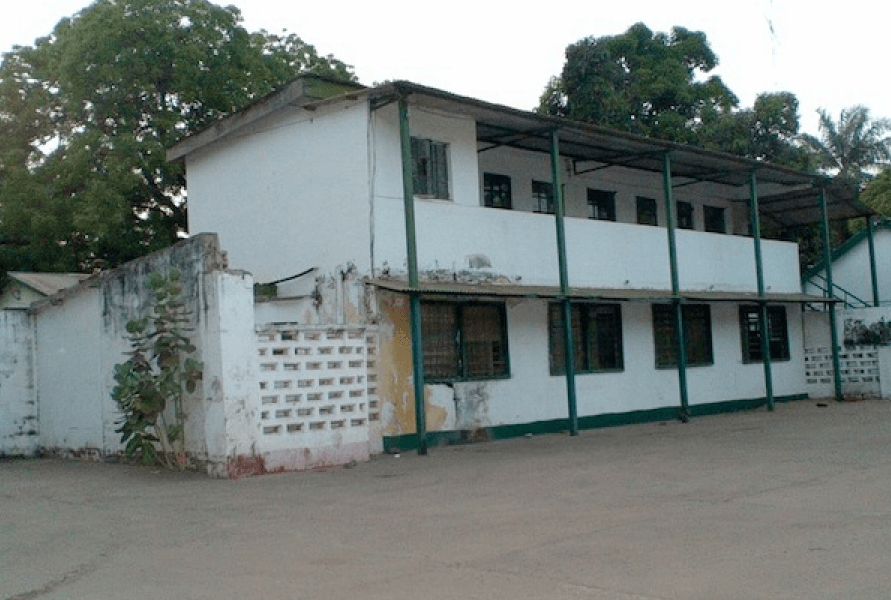
The State Intelligence Service (SIS) plays a pivotal role in national security as a key component of strategic operations, responsible for safeguarding the state against various threats.
Its core function involves not merely the collection of data, but the transformation of this raw information into actionable insights that inform policy decisions crucial for national security. Effective intelligence work demands the ability to convert gathered data into strategic guidance that supports national leaders in navigating an increasingly complex global environment.
Despite the rebranding from the notorious National Intelligence Agency (NIA) to the SIS, the agency has struggled to evolve into a modern intelligence organisation capable of addressing both domestic and international security challenges. The SIS remains predominantly staffed by individuals whose education does not extend beyond high school, leaving them inadequately prepared for the sophisticated tasks of intelligence collection and analysis.
The necessary theoretical knowledge, including an understanding of geopolitical trends and the application of advanced analytical frameworks, is largely absent among its personnel. Consequently, intelligence operations within The Gambia are rudimentary, often failing to provide the strategic insights needed to proactively address emerging threats.
Richard J. Aldrich, in his work “The Hidden Hand: Britain, America and Cold War Secret Intelligence” (2001), underscores the importance of employing highly educated and well-trained professionals in intelligence agencies. He argues that modern intelligence work requires individuals who are not only skilled in data collection but also adept at interpreting complex geopolitical dynamics and applying sophisticated analytical methods.
The SIS’s current shortcomings in these areas highlight its challenges in adapting to contemporary security demands, underscoring the need for a comprehensive overhaul to enhance its effectiveness in protecting national interests.
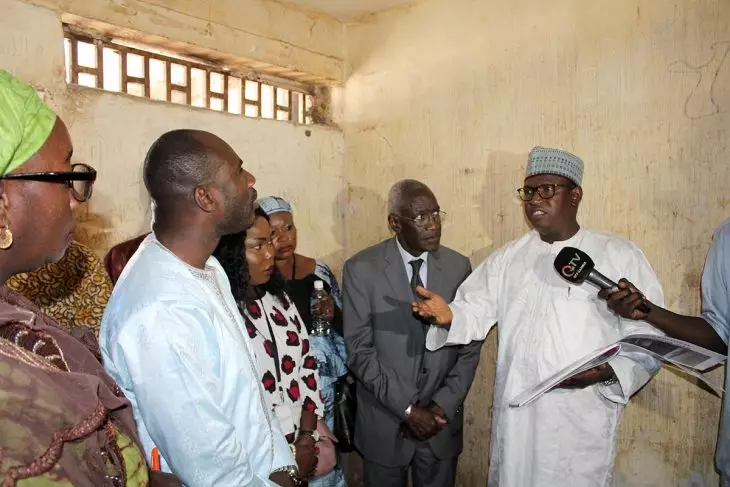
The effectiveness of an intelligence agency like the SIS hinges significantly on the variety and sophistication of its intelligence collection methods. These methods include Human Intelligence (HUMINT), which involves gathering information through interpersonal contact such as recruiting informants, interviewing sources, and conducting covert operations. HUMINT is crucial for obtaining insights into the intentions, plans, and capabilities of hostile entities.
Signals Intelligence (SIGINT), on the other hand, involves intercepting communications such as phone calls, emails, and other electronic communications to provide valuable information on the activities of foreign governments, terrorist organisations, and other entities posing threats to national security.
Geospatial Intelligence (GEOINT) involves analysing satellite images and other geospatial data to monitor activities and developments in specific geographic areas. This method is particularly useful for assessing military movements, infrastructure development, and environmental changes, offering a clear picture of geographic and spatial dynamics.
Open-Source Intelligence (OSINT) involves analysing publicly available information such as news reports, social media, and academic publications. OSINT provides valuable context and background that complements other intelligence sources, offering a broad view of public sentiment and trends.
Finally, Measurement and Signature Intelligence (MASINT) focuses on detecting and analysing physical emanations and signals across the electromagnetic spectrum. MASINT is essential for identifying and understanding technical signatures that reveal hidden or developing threats, such as the presence of nuclear materials, radar emissions, or other specialised signals.
Each of these intelligence collection methods plays a vital role in ensuring that the SIS can effectively monitor and counter threats to national security, providing a comprehensive and multifaceted understanding of both immediate and long-term challenges.
However, the SIS’s current reliance on traditional HUMINT methods underscores its limitations in adapting to modern intelligence requirements, as some of their agents end up blowing their own covers anyway.
In the shadowy world of spycraft, where secrecy is sacrosanct, the golden rule for any self-respecting spy is to remain utterly invisible. The primary job of a spy, as any James Bond aficionado would tell you, is to avoid detection at all costs.
After all, when a spy’s cover is blown, it’s not just their neck on the line — it can bring shame to politicians, unravel carefully spun webs of deceit, and, horror of horrors, bring actual facts to light. But, as usual, The Gambia likes to do things its own special way.
The SIS seems to have a different take on the concept of espionage. In other words, within the SIS, keeping a low profile seems to be as outdated as the Nokia 3310. Call it reverse espionage or anything else, but spy operations under the SIS are about as stealthy as a marching band in a library.
Most of The Gambia’s intelligence officers are practically household names, known to one and all as the nation’s very own espionage agents. It’s as if they’re handing out business cards at the local market: “Hi, I’m with the SIS. Ask me anything!”
No wonder they can’t distinguish between noise and signal; it’s like trying to find a needle in a haystack while blindfolded—and then setting the haystack on fire for good measure. Most technocrats see very little use in their contribution to shaping policy, as the SIS agents are about as efficient as a chocolate teapot.
Their intelligence work is more like a sitcom than a spy thriller — less James Bond, more Inspector Clouseau, but without the charm. In a nutshell, the SIS doesn’t bother with those old-fashioned undercover ops; they’re more into public covert operations — if you can imagine such a thing.
Forget slipping into the shadows; these agents prefer the spotlight. They operate like they’re starring in their own reality TV show, complete with fan meet-and-greets. Instead of blending in, they stand out, waving their SIS badges like they’re on a promotional tour. It’s less about gathering secrets and more about gathering attention. The art of espionage has never been so…public.
Gambia Immigration Department (GID)
The Gambia Immigration Department (GID) is another glaring example of an institution crippled by corruption, inefficiency, and bureaucratic inertia. The department is notorious for its inability to perform its most basic functions, such as issuing national documents like identity cards and passports, often taking months or even years to process applications.

This inefficiency is exacerbated by the deeply entrenched culture of bribery, where officers routinely accept payments to expedite services or allow criminals to pass through border controls unchecked. The department’s leadership has consistently failed to implement meaningful reforms, despite numerous opportunities to modernise its operations.
Pa Musa Drammeh, a former director who held a degree in criminal justice from a U.S. university, briefly initiated reforms aimed at improving efficiency and accountability. However, his efforts were quickly thwarted, as it became apparent that the entrenched interests within the department preferred the status quo of corruption and inefficiency.
Drammeh’s removal from his position underscores a broader issue within the department: the preference for corrupt officials over effective, reform-minded leaders. The result is an immigration service that is not only outdated and dysfunctional but also ethically compromised, with appointments and promotions often based on favouritism rather than merit.
The failures of the Gambia Immigration Department are particularly stark when compared to modern border management standards, as outlined by John F. Dillman in “Controlling Immigration: A Global Perspective”(2013). Dillman emphasises the importance of technology, transparency, and rigorous training in building effective immigration services — elements that are glaringly absent in The Gambia’s approach to border control and national document issuance.
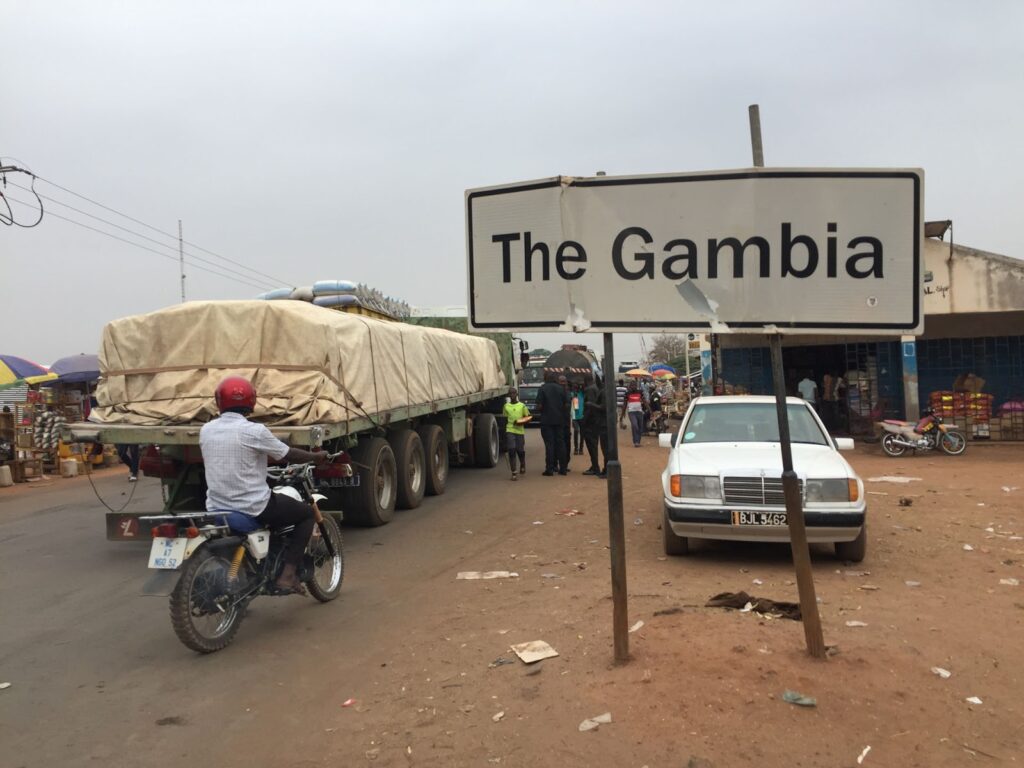
Given the department’s track record, the question isn’t whether it should be reformed but rather whether it should be disbanded or absorbed into another branch within the sector. Retaining the GID in its current form is like keeping a broken clock in the hope that it might someday tell the correct time. Its persistent inefficiency and corruption suggest that the only viable options are a radical overhaul or a complete dissolution.
By transferring its functions to a more competent branch or integrating them into a newly established bureau within the security sector, The Gambia could create a streamlined system that serves its citizens efficiently and ethically.
Gambia Prison Service (GPS)
The Gambia Prison Service (GPS) is another agency beset by operational failures that compromise the broader national security framework. The service is characterised by chronic overcrowding, inadequate facilities, and a failure to provide rehabilitative programs for inmates, all of which contribute to high recidivism rates and potential prison unrest.

The inability to manage the prison population effectively reflects a deeper institutional malaise, where the focus remains on punitive measures rather than rehabilitation and reintegration into society. The leadership of the GPS lacks the necessary qualifications and experience in modern correctional management, which is essential for transforming the service into a functional component of the national security architecture.
According to experts like Andrew Coyle, author of “Managing Prisons in a Time of Change” (2002), effective prison management requires a shift towards correctional models that prioritise rehabilitation and the humane treatment of inmates.
The failure of the Gambia Prison Service to implement such models not only undermine the efficacy of its operations but also undercuts the broader goals of correctional modernisation and human rights compliance.
By failing to embrace rehabilitative models that prioritise restorative justice and therapeutic interventions, the Gambia Prison Service neglects essential correctional management principles that could mitigate recidivism and facilitate the successful reintegration of offenders into society.
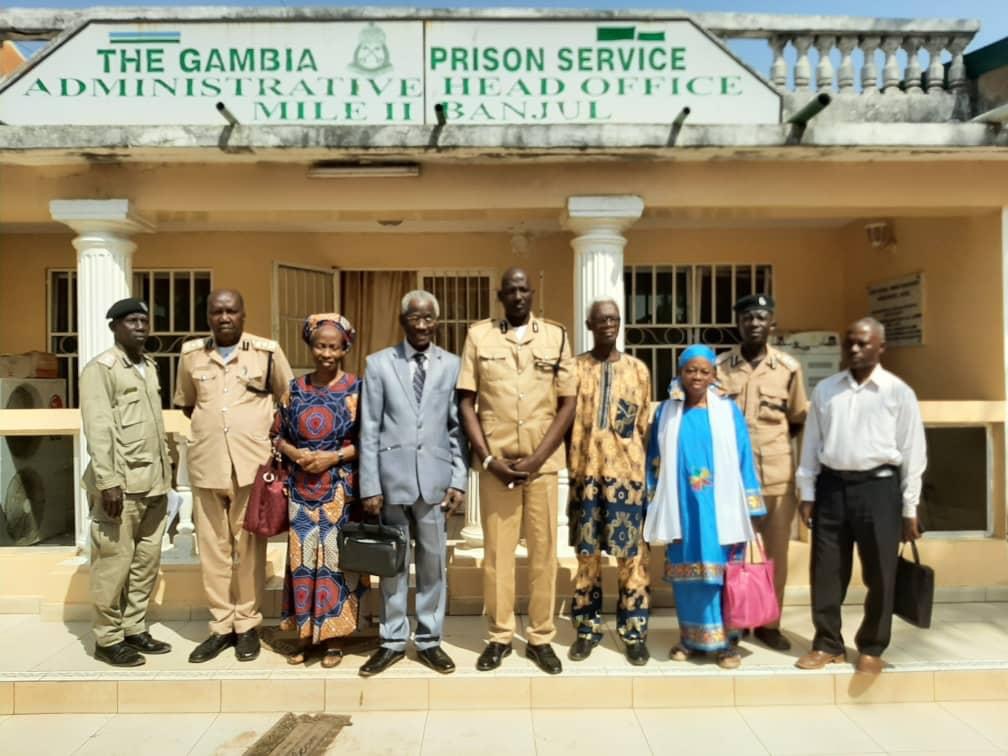
This oversight not only perpetuates a penological environment reliant on punitive measures but also deviates from best practices in correctional theory, such as the Risk-Needs-Responsivity (RNR) model, which emphasises tailoring interventions to the specific risks and needs of inmates to optimise rehabilitation outcomes.
However, it is important to note that the GPS has indeed seen a few bright spots since the change of government, especially in terms of eliminating the widespread torture that was once commonplace during the Jammeh era. While torture has thankfully been removed from the daily menu, the GPS still has its hands full managing other pressing issues, such as chronic overcrowding and insufficient facilities.
In an ironic twist, prisoners now have the luxury of lodging complaints about overcrowding rather than enduring the torturous practices of the past. This shift represents a significant improvement, transforming complaints from a matter of life-threatening concern into a bureaucratic process more similar to filing a complaint about a broken vending machine.
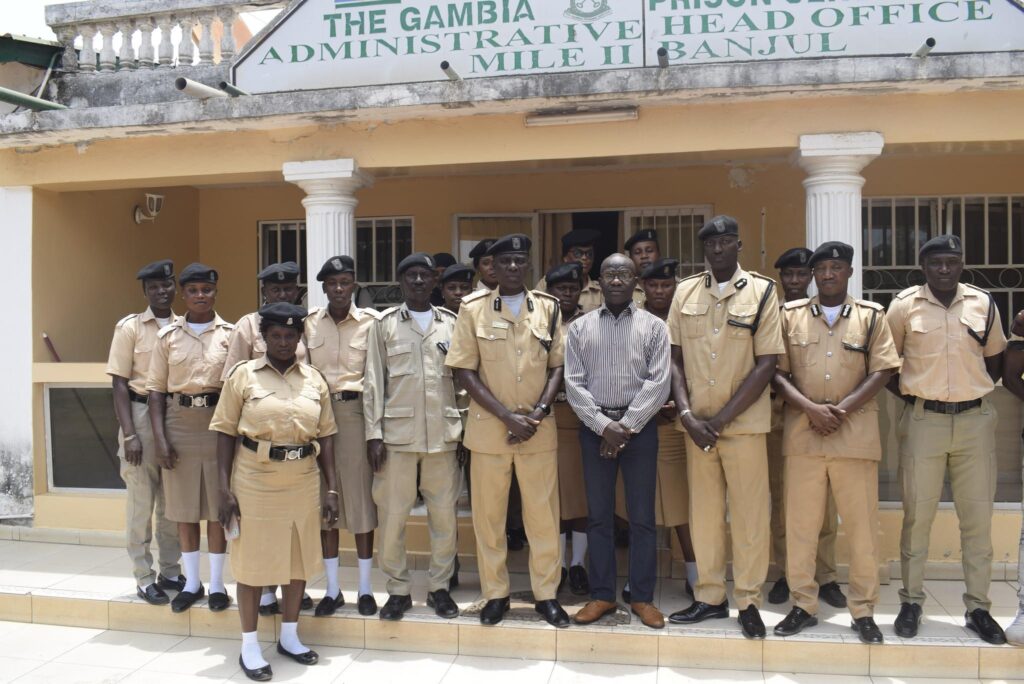
While the removal of torture is certainly a commendable step forward, it’s important to recognise that the GPS’s progress should not be mistaken for a comprehensive overhaul. Instead, it highlights a partial victory in a broader struggle.
The GPS is no longer the punitive dungeon of yesteryears, but its current state still reflects a system grappling with fundamental issues that remain unresolved. So, while inmates might now have the opportunity to grumble about their overcrowded conditions in a more civilised manner, the overall situation remains a poignant reminder of the long journey ahead.

If progress were measured by the degree to which prisoners can now complain about their conditions, the GPS would be a case study in how to go from medieval torture to modern bureaucracy— one complaint form at a time.
Gambia Fire and Rescue Services (GFRS)
The Gambia Fire and Rescue Service is another critical component of national security that is severely underfunded and unprepared to handle emergencies. The service’s outdated equipment and lack of modern training significantly hamper its ability to respond to disasters, whether natural or man-made.
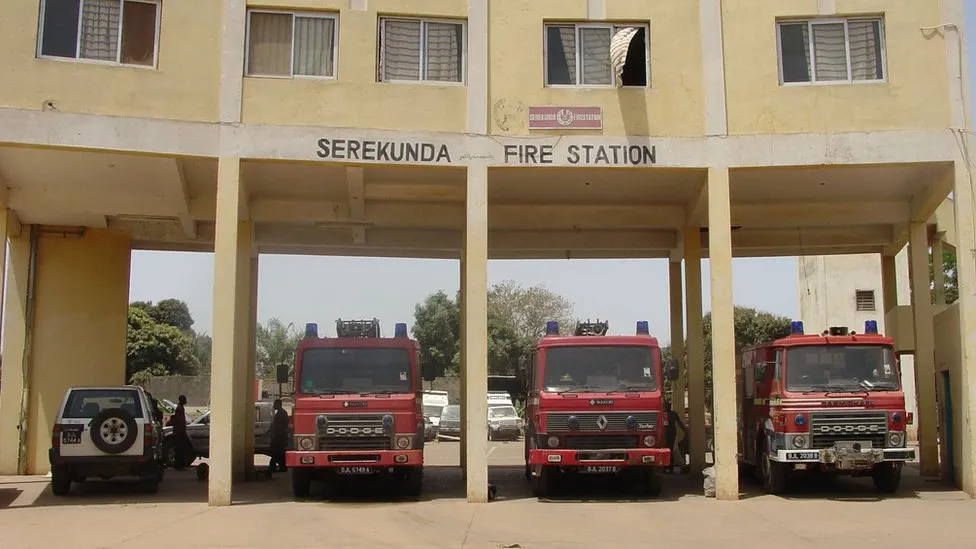
The absence of a comprehensive disaster management strategy means that when crises occur, the service is often overwhelmed and unable to provide effective assistance. This failure not only puts lives and property at risk but also erodes public confidence in the government’s ability to protect its citizens.
William L. Waugh Jr., a leading expert on emergency management and professor at Georgia State University, discusses in his book, “Living with Hazards, Dealing with Disasters” (2000), the critical importance of a well-trained and well-equipped emergency response system.
Waugh’s analysis highlights the consequences of inadequate investment in emergency services, a vulnerability that is starkly evident in The Gambia’s Fire and Rescue Service. Despite the significant challenges posed by chronic underfunding, GFRS have consistently demonstrated an ability to achieve remarkable outcomes with limited resources.
Even with a shoestring budget, the GFRS has managed to perform exceptionally well, particularly when compared to other security agencies in the country. This performance reflects the dedication and professionalism of its officers, who often put their lives on the line despite receiving only modest compensation.
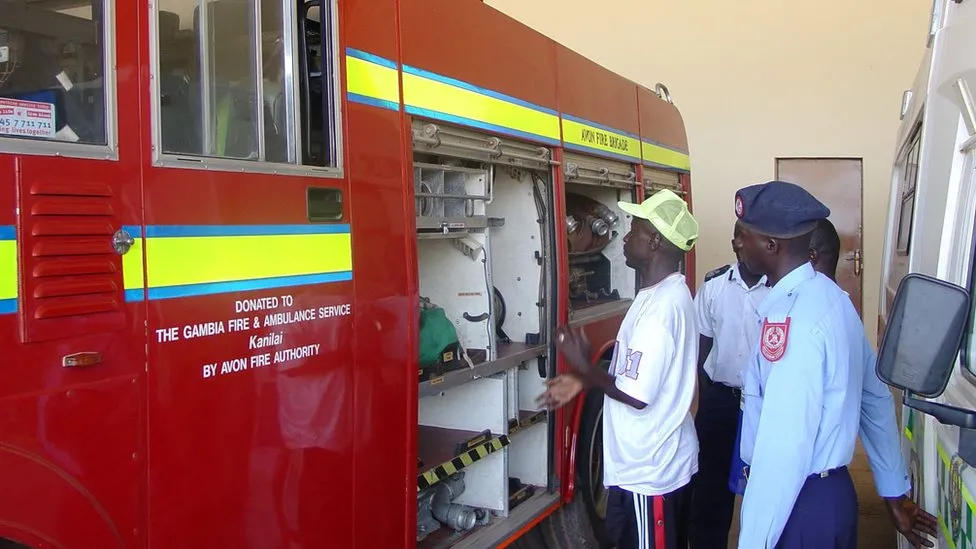
The service’s ability to maintain operational effectiveness in the face of financial constraints underscores the importance of efficiency and resourcefulness in disaster and risk management.
Economically speaking, the GFRS operates under severe budgetary limitations, yet it maximises its resources through prudent management and strategic prioritisation of tasks. The service’s approach can be likened to the concept of “doing more with less”, a principle that is often emphasised in public sector management, particularly in resource-constrained environments.
By focusing on essential training, maintaining equipment as best as possible, and fostering a strong sense of duty among its officers, the GFRS has managed to provide critical emergency services to the Gambian public. This level of efficiency is rare and commendable, especially within a national context where other agencies struggle to deliver even basic services despite having more resources.
On the same token, the GFRS is one of the least corrupt institutions within the Gambian security apparatus. Corruption, which often plagues other sectors, is notably less prevalent, if not virtually nonexistent, in the GFRS. This relative integrity has allowed the service to ensure that resources, no matter how limited, are utilised effectively for their intended purpose.
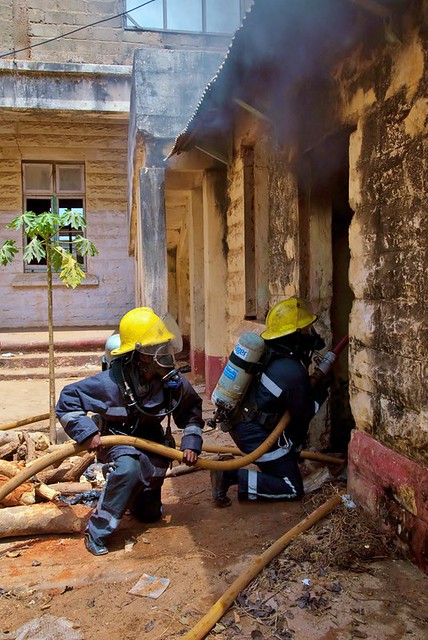
The officers’ commitment to their duty, even in the face of personal risk and low pay, reflects a strong institutional culture of service and sacrifice. In the field of disaster and risk management, this commitment is crucial, as it ensures that the GFRS can respond swiftly and effectively to emergencies, thereby minimising the impact of disasters on the Gambian population.
The GFRS’s ability to operate under such constraints highlights the importance of leadership, morale, and a clear sense of mission in disaster response organisations. While financial resources are essential, the GFRS’s experience demonstrates that with strong leadership and a dedicated workforce, even severely underfunded organisations can achieve significant results.
This resilience and effectiveness under pressure make the GFRS a critical asset in The Gambia’s national security strategy, particularly as the country faces increasing risks from natural disasters and other emergencies.
The National Drug Law Enforcement Agency (NDLEA)
The National Drug Law Enforcement Agency (NDLEA) is another key institution in The Gambia’s security architecture that is failing to meet its mandate. The agency is severely hampered by a lack of human capital, with officers who are poorly trained and lack formal education.
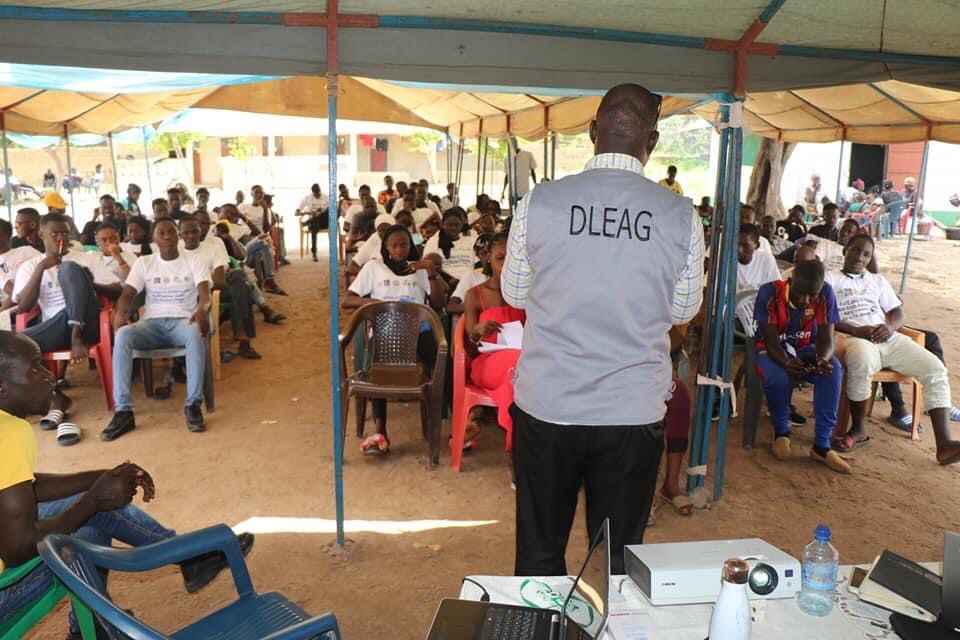
This inadequacy is compounded by the agency’s inability to coordinate effectively with international bodies, a critical requirement given the transnational nature of drug trafficking.
The NDLEA’s struggles are emblematic of broader issues within The Gambia’s security sector, where insufficient training and outdated practices severely limit the effectiveness of operations.
Michael Kenney, a professor of international affairs at the University of Pittsburgh, addresses these challenges in his work, “The International Drug Trade: The Politics of Regulation” (2015).
Kenney’s analysis underscores the necessity of intelligence-led policing and international cooperation in combating drug trafficking — areas where the NDLEA is clearly deficient.
The agency’s failure to adapt to modern enforcement strategies poses a significant threat to national security, as drug trafficking not only fuels crime but also destabilises communities and undermines the rule of law.
An illustrative example of the NDLEA’s operational deficiencies can be seen in its handling of a recent raid on the compound of former Nominated National Assembly member Ya Kumba Jaiteh. During this operation, officers were involved in a regrettable display of incompetence, where a simple raid on a modest cannabis stash resulted in significant setbacks.
The officers, who might have seemed more adept at organising a chaotic scene than executing a coordinated operation, ended up with injuries that could have been avoided with basic training.
Their ordeal underscores a troubling reality: the NDLEA’s current approach to drug enforcement is so flawed that even a straightforward operation becomes a source of considerable disruption and embarrassment.
The aftermath of the raid highlights the systemic failures within the NDLEA. Despite the officers’ injuries and the evident mishandling of the operation, there was no subsequent legal action against the alleged perpetrators, nor was there any restitution for the wounded officers.
This lapse illustrates a broader problem within the agency: an inability to secure justice or support for its personnel, reflecting a systemic issue of inefficiency and lack of accountability.
The situation was further complicated by the political dynamics at play, as the UDP cyber brigade’s intervention and the subsequent withdrawal of government support from the case revealed the extent to which political considerations can compromise enforcement efforts.

The real tragedy here is not just the physical harm suffered by the officers or the failure to prosecute those involved but the broader implication of operating within a dysfunctional system.
The NDLEA’s struggles embody a systemic flaw where the efforts to combat drug trafficking are undermined by ineptitude and political interference.
Being a narcotic officer in this environment is perilous, not merely due to the physical risks but also due to the disheartening realisation that serious drug enforcement is mired in bureaucratic inefficiency and political manipulation.
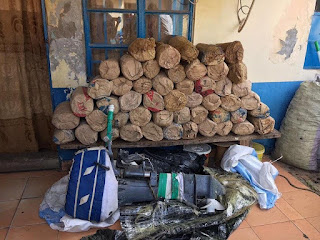
The agency’s inability to address these issues reflects a fundamental problem: the NDLEA is not merely failing to meet its mandate; it is actively undermining its own role in maintaining national security.
By Arfang Madi Sillah, Washington DC
To be continued.
Disclaimer:
The views expressed in this article are entirely those of the author and do not necessarily reflect the official policy or position of any affiliated institutions or organizations. The author takes full responsibility for the opinions and analysis presented herein. The author holds several academic degrees, including an undergraduate degree in English literature and literary theory.
Read Part One of this article here.










Recent Comments